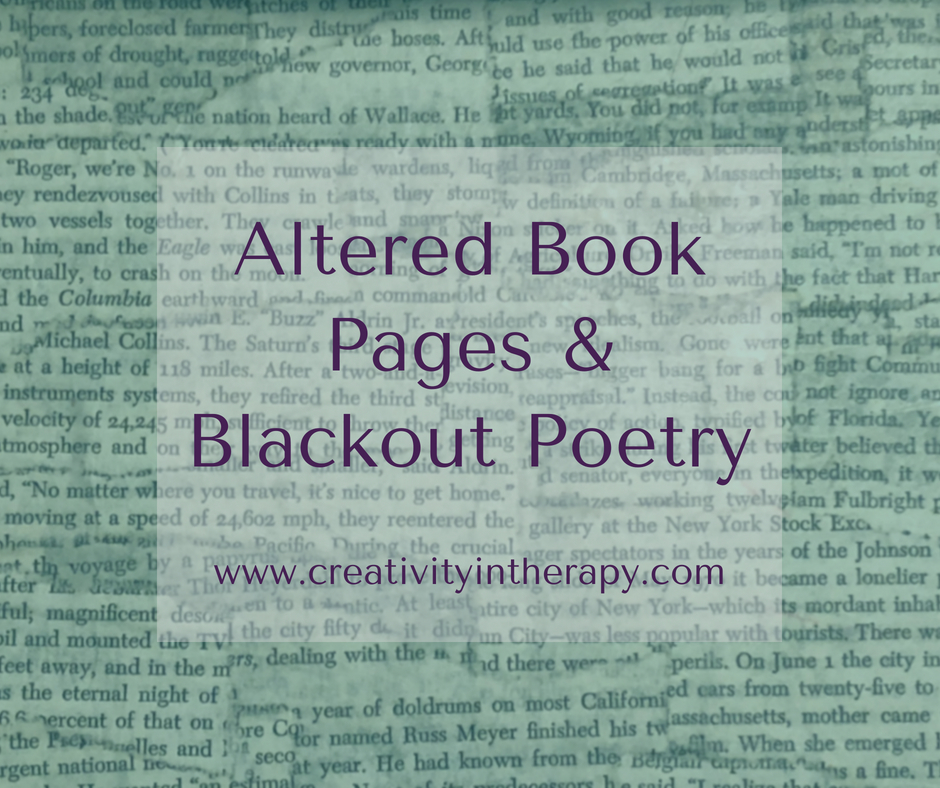
Blackout poetry and altered book pages can help you stretch your creativity and tap into your intuition.
I recently volunteered with the South Texas Art Therapy Association to run a booth at Maker Faire Austin. At our booth, visitors could create blackout poetry, altered book pages, and Random Act of Creative Kindness Cards. It was so great to watch visitors slow down and take the time to be creative. Many people seemed to approach the activity as a chance for relaxation or fun play. A few other people worked with a quiet intensity that surprised us in this setting, sharing with us poems and collages of deep personal expression.
Our STATA president, Deann Acton, LMFT, ATR-BC suggested the idea of doing blackout poetry at our booth. She uses this activity with her art therapy clients and for her own personal creativity. Her altered book full of art and poetry that she brought to the booth to share as an example was both beautiful and inspiring. (See some of her art below and more of her beautiful art on Instagram @arttherapytx)
I love re-purposing book pages – adding to a collage, cutting out scherenschnitte style paper art, or working in my altered book art journal. The pattern of the words on the pages creates interest and texture in the artwork.
But beyond using the book pages as simply an interesting paper, you can use the book page to inspire your art through drawing, painting, or poetry.
I find that this is an exercise that helps me to break out of a creative rut. The inspiration of the page brings up new ideas to play with and explore. In addition, I believe that there can be value in working within structure and limitations. If I take a random book page and commit to somehow creating a poem and work of art from it, I am stretching my mind to be creative. And the resulting art is likely to be something very different from my typical art or what I would choose to do if given unlimited free choice.
It’s also a great way to practice listening to your intuition or tapping into your unconscious. By letting your mind notice what stands out to you, you may reveal something that you are needing to hear or put into words. By taking the message that results and thinking about what it means to us or why we need to hear it, we are projecting something from within that can then be explored more fully.
Not every book page is going to lead to the creation of a meaningful, insightful poem or work of art. Sometimes it’s going to be silly, odd, or just fun. And maybe that sense of fun or the experience of accessing your inner creative voice is sometimes just as important as new insight.
So whether you use book pages to inspire playful creativity or as a tool for deeper reflection, it’s an expressive arts activity that is worth exploring.
Although altered book pages and blackout poetry can be different exercises, I’ve included them both in this post since they go together so well. You can choose to do poetry only, visual art only, or a combination of both on your page.
- Blackout poetry by Deann Acton, LMFT, ATR-BC
- Blackout poetry by Deann Acton, LMFT, ATR-BC
How to make altered book page art
Use the words or images on your book page to inspire your artwork. Add paint, drawing, or collage material to develop your art work. You can also cut up the pages, use multiple pages to create layers, or fold them into shapes.
How to make blackout poetry
Start with a book page or other piece of text. Scan your page and circle or underline the words that stand out to you. The words that jump out to you initially are the most likely to have importance or significance. Go back and add connector words to create sentences and a poem. Use markers or paint to “blackout” the other words. Add colors, patterns, and images if you wish.
Reflect on the message of your poem. Is it telling you something that you need to know? Is it expressing something that has been on your mind? Even if it doesn’t seem meaningful, how does it feel to try to stretch your creativity in this way? What is it like to have to work with whatever is available on the page?
Share your thoughts in the comments below! Do you use blackout poetry or altered books in your clinical work? Have your tried these activities for your own personal self-expression and creativity?
Want more in-depth learning about art in therapy so that you can better help your clients and build your confidence as a creative therapist? Registration is now open for the Fundamentals of Art in Therapy course. The course starts 6/16/18, so be sure to register before then.
Carolyn Mehlomakulu, LMFT-S, ATR-BC is an art therapist in Austin, Texas who works with children, teens, and families. For more information about individual therapy, child and teen counseling, family therapy, teen group therapy, and art therapy services, please visit: www.therapywithcarolyn.com.
This blog is not intended to diagnose or treat any mental health conditions. All directives, interventions, and ideas should be used by qualified individuals within the appropriate bounds of their education, training, and scope of practice. Information presented in this blog does not replace professional training in child and family therapy, art therapy, or play therapy. Art therapy requires a trained art therapist.
* This blog may include affiliate links (see full disclosure here). If you’d like to help support the blog without any extra cost to you, please click through on links and shop as you normally would. Your support is greatly appreciated!
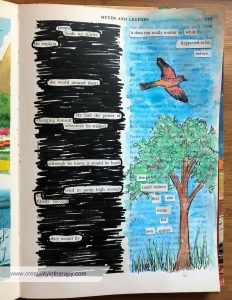
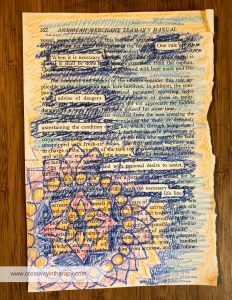

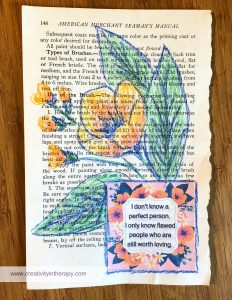
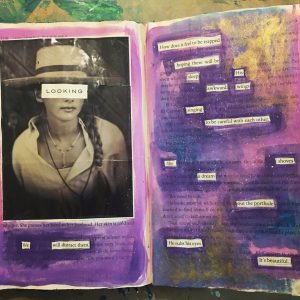

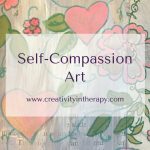
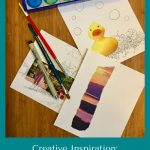
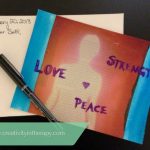

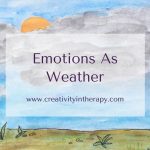
I just used black out poetry for a group art therapy session. It was a huge hit and the created poetry was quite powerful to all the participants. A few of the clients are continuing the work independently.
That’s so great to hear! I always think it wonderful when people discover a creative activity in group and then continue to use it independently.
I love this idea! I am a teacher at a small alternative high school in Indiana, and I work with students to help them achieve their diplomas and hopefully put some pieces of their lives back together again after any number of difficulties. We have a dedicated time every day called “Family Time” where we discuss topics that matter to students, and I have used several of your exercises with them. I would love to do a blackout poetry exercise, and I’m wondering if you had any recommendations of where to find good book pages that can be used for this? Just any book?
I would check a book resale store or Goodwill. That would allow you to flip through a few and look for things that might work. Most books will work but it is nice to have books that include words related to you topic and different emotions. You could also keep your eye out for garage sales with books.
Hi! I love some of these pieces. Is it possible to use a few of these on a flyer I’m creating to promote our own Altered Books event?
Hi – If you’re still hoping to use some of these, please email me. carolyn@creativityintherapy.com. They are not all my images, so we would need to see if you need permission from me or from Deann for the ones you are interested in.